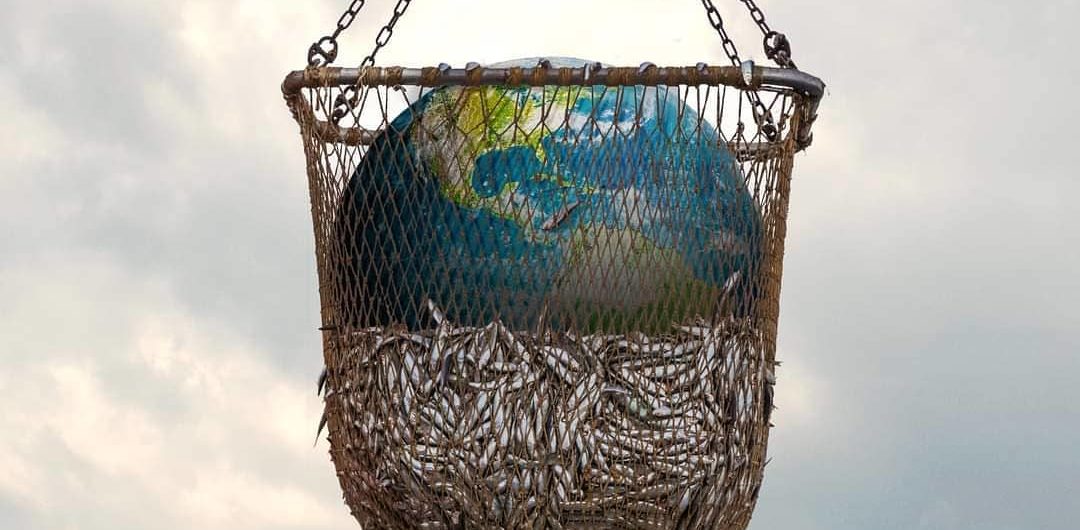Netflix’s new documentary has caused quite a stir in the sustainable seafood community.
Seaspiracy, the Netflix documentary that highlights the negative impact of commercial fishing on ocean life, has gained mixed reactions since its release last week.
On the one hand viewers were left mind blown by all the claims made by the director and narrator of the film, Ali Tabrizi (and his partner), as they travelled parts of the world in what was initially a look into the effects of plastic debris on ocean life. Their search quickly shifted to what is highlighted as the real problem though, the fishing industry.
On the other hand, NGOs, sustainability labels and experts that were featured in the film have accused it of making “misleading claims” and using out-of-context interviews to make a point.
According to The Guardian, representatives of the Dolphin Safe group and Marine Stewardship Council (MSC) have accused the filmmakers of misleading statements.
“An executive with the international organisation responsible for the Dolphin Safe tuna label, Mark Palmer, has said his comments were taken out of context,” The Guardian reported.
The MSC published a response to claims that their certification is not credible and that sustainable fishing does not exist.
The statement stated that as much as the organization agreed with some of the issues outlined in the documentary like bycatch and overfishing their certification process was designed to address those exact issues.
“There are more than 400 MSC certified fisheries around the world. This certification process is not carried out by the MSC – it is independent of us and carried out by expert assessment bodies. It is an entirely transparent process and NGOs and others have multiple opportunities to provide input,” read the statement.
The film posed difficult questions to the sustainable seafood movement, some of which remain unanswered even after watching the 90-minute documentary. But that is not to say the film isn’t worth watching because it is.
Here are the 5 things we learned from watching Seaspiracy:
Plastic is definitely an issue
For years now we have all been told the negative effects plastics have on ocean life. The documentary highlighted this by featuring articles of whales beaching around the world with stomachs full of plastic debris, but that is not the only problem.
Seaspiracy claimed that the real threat to ocean life are byproducts of commercial fishing such as nets, which allegedly make up 46 per cent of waste in the great pacific garbage patch (a collection of marine debris in the North Pacific Ocean). Plastic straws on the other hand only account for 0.03 per cent of plastic entering the ocean, the documentary claimed.
Labels might only be for our concious
If seeing MSC labels on seafood has been making you feel like your consumption is not harming marine life, Seaspiracy begs you to think otherwise.
Even though Mark Palmer accused the documentary of taking his statement out of context the fact that he responded to a question around bycatch by saying, “No – nobody can [guarantee the product is dolphin safe] – once you’re out there in the ocean. How do you know what they’re doing?” That causes a bit of doubt.
Fish farming is not the answer
Like with most documentaries this one tried to look for alternatives to overfishing. Tabrizi looked into fish farming as a solution and visited a salmon farm in Scotland. This is where another set of issues around lice, illnesses and waste problems were highlighted.
The documentary claimed that each salmon farm produced as much organic waste as 20,000 people and that the Scottish salmon industry produced organic waste equivalent to the entire population of Scotland every year.
Bycatch is a huge problem caused by fishing
Bycatch refers to the fish and other marine species that are unintentionally caught when trying to catch another type of fish. The film revealed that 40 per cent of global fishing catch is unused, wasted or not accounted for.
Another shocking statistic suggested that as many as 50 million sharks were caught annually as bycatch.
Slavery exists at sea
British writer George Monbiot highlighted what was probably the scariest part of the documentary when he said slavery was still in use on fishing boats.
In Thailand former fishermen were interviewed by the director in a safe house, and they claimed that they were kept on boats for years, living in horrible conditions with some being held at gunpoint. One claimed the ship’s captain kept dead bodies of other sailors in the freezer on board.
The documentary makes it clear that without ocean life our place on Earth would cease to exist. It also highlighted that there is still hope if changes are made promptly. What are the changes you ask? Well, the film suggests one simple solution, stop consuming fish.
Seaspiracy is available to stream on Netflix.




